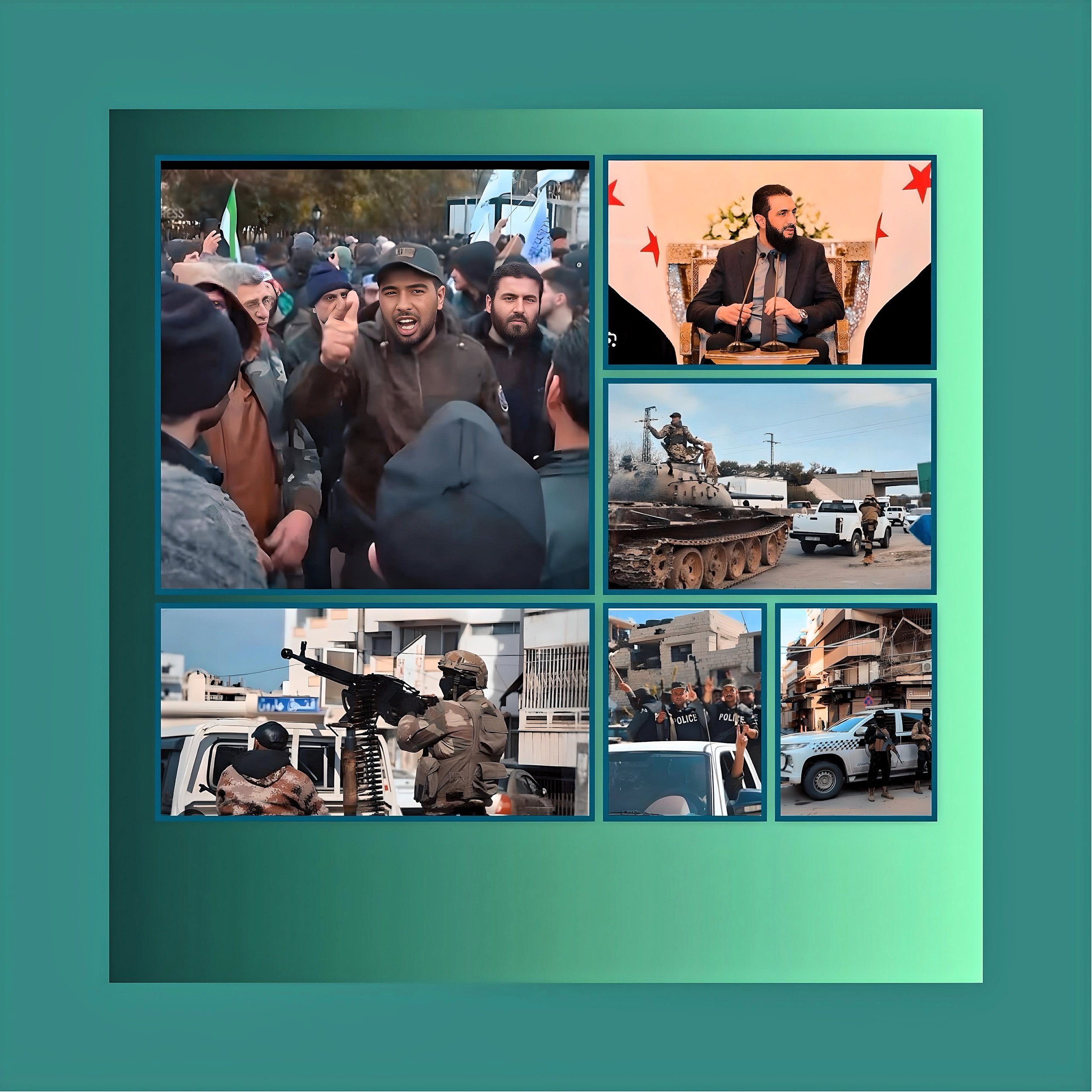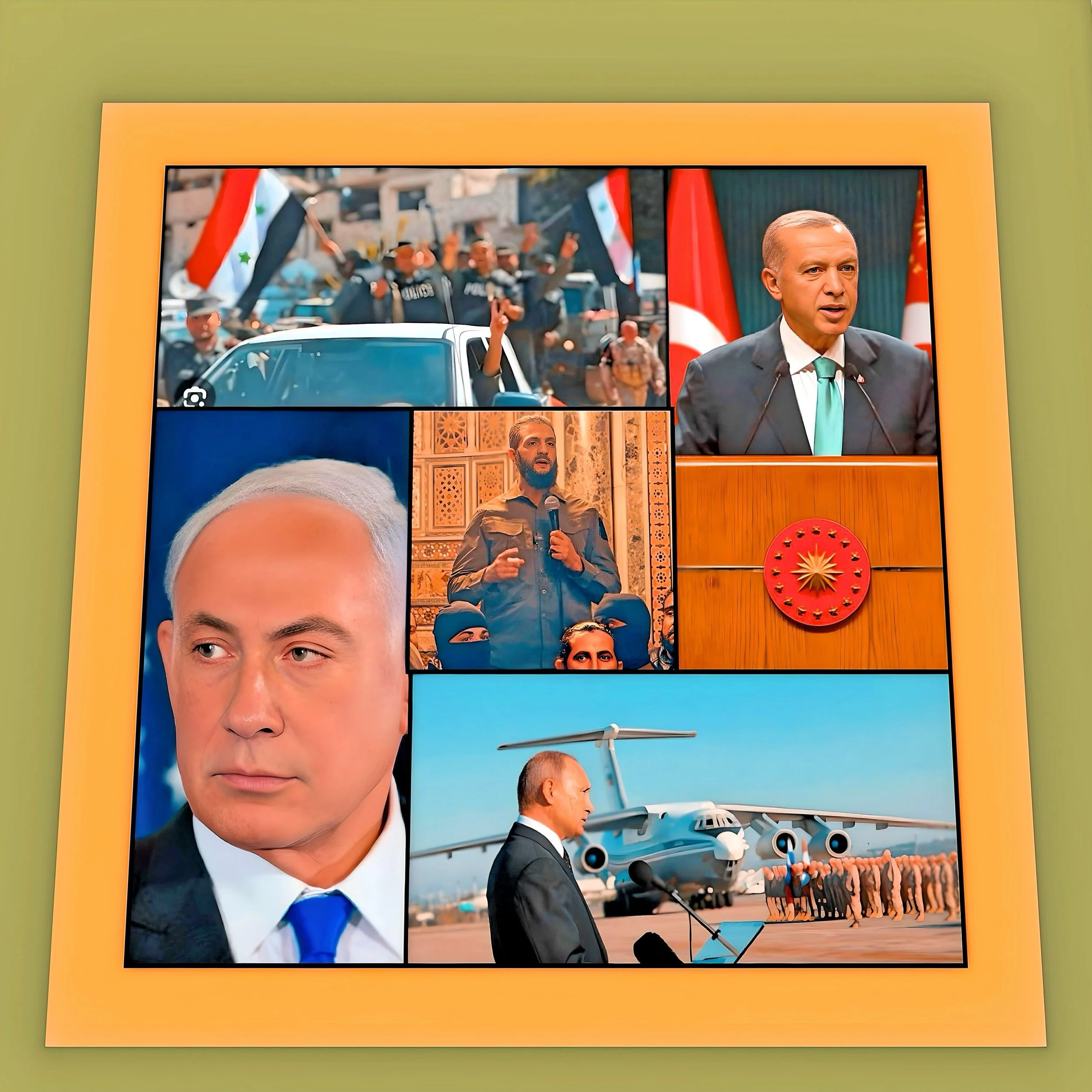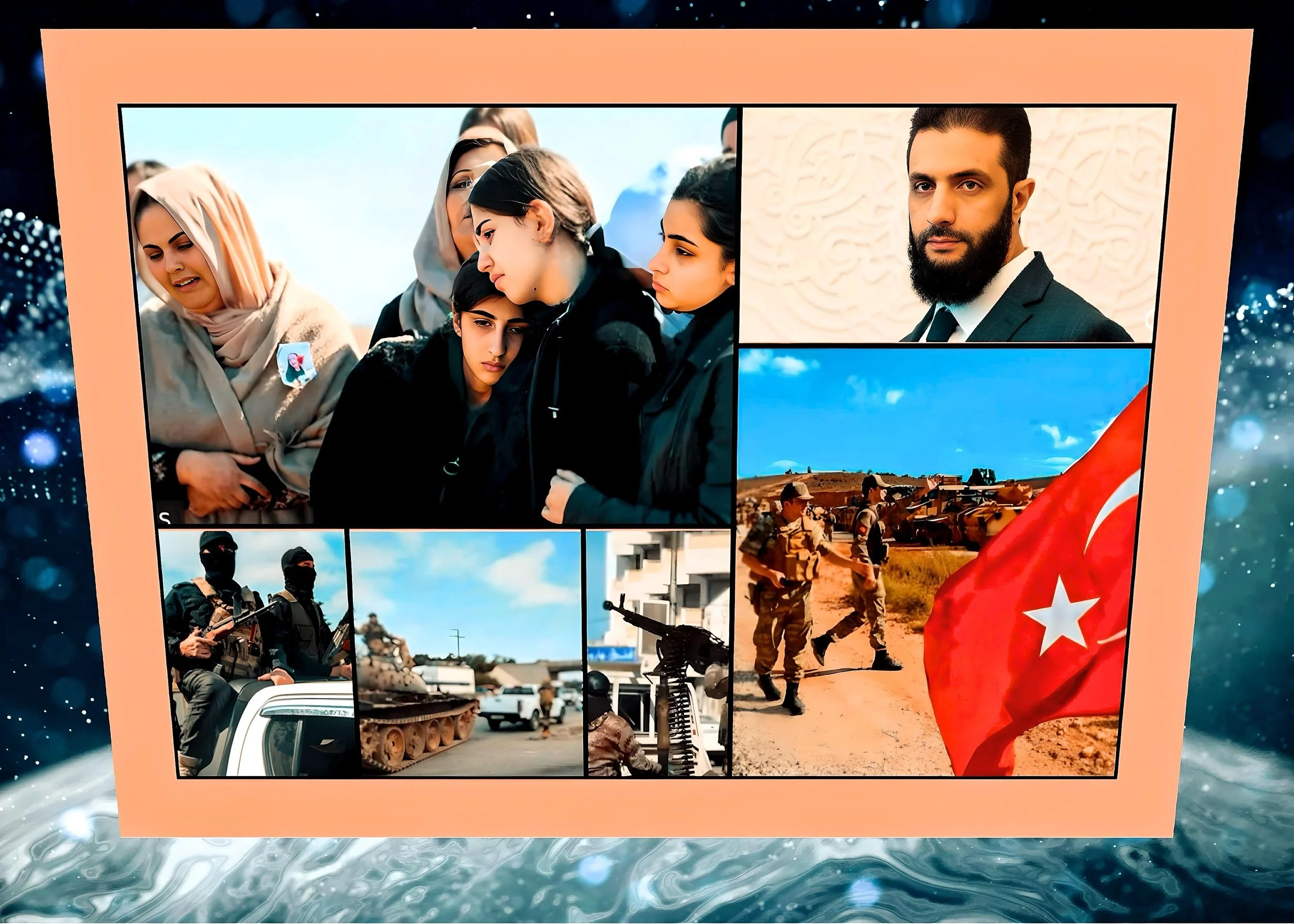Escalating Violence in Post-Assad Syria: Strategic Ambitions and Regional Implications
Introduction
The recent escalation of violence in Syria’s coastal and central regions presents a significant challenge to the interim government led by Ahmed al-Sharaa following the transition of power from Bashar al-Assad in December 2024.
Clashes involving pro-Assad loyalists and Syrian security forces in Latakia, Homs, and Damascus have resulted in the tragic loss of over 200 lives within just three days, highlighting the delicate nature of the post-Assad political landscape.
The confrontations, mainly concentrated in Alawite-majority regions historically supportive of Assad, reveal a coordinated effort to test the resilience of the new administration and its ability to maintain control over its territories.
Al-Sharaa’s government, primarily composed of the Islamist group Hayat Tahrir al-Sham (HTS), has responded through military measures, the implementation of curfews, and a commitment to national unity.
However, allegations of sectarian reprisals could undermine the government's perceived legitimacy.
Amidst this situation, regional powers such as Saudi Arabia and Turkey have expressed support for Damascus, while Israel and Russia are adopting prudent stances, aware of the potential broader implications.
Strategic Objectives of Pro-Assad Forces
Reaffirming Alawite Political Influence
The coastal province of Latakia, a key area for Syria’s Alawite minority, has become a focal point for resistance against al-Sharaa’s government.
Pro-Assad fighters, many of whom are former military personnel, have engaged in targeted operations against security checkpoints in Jableh and surrounding areas, leading to the unfortunate deaths of at least 16 security personnel during initial skirmishes.
These actions appear to be part of a broader strategy to disrupt the current administration's consolidation efforts. By strategically targeting state infrastructure, the loyalists aim to challenge al-Sharaa’s authority and assert their role as protectors of the Alawite community, which is concerned about marginalization under the Sunni-aligned HTS.
The tactics pro-Assad factions employ reflect insurgency models seen in post-regime transitions, effectively utilizing local grievances to sustain asymmetric engagement.
The announcement of the “Coastal Shield Regiment,” a newly-formed militia, suggests more significant efforts to establish organized resistance structures.
Alawite community leaders have voiced concerns regarding the new government’s approach to dismissing former regime officials and the lack of inclusive dialogue with Alawite representatives, which they believe may intensify existing tensions.
Given the historical prominence of Alawites in Assad’s security forces, the current unrest represents both a safeguard of community interests and an effort to negotiate political relevance in this evolving landscape.
Exploiting Governance Security Gaps
The interim government’s challenges in asserting a monopoly on military power have created opportunities that pro-Assad elements have utilized.
Despite al-Sharaa’s commitments to dismantle armed factions and centralize military command, HTS-aligned groups have faced accusations of extrajudicial actions and property seizures within Alawite areas, contributing to a cycle of retaliatory violence.
An ambush near Jableh on March 6, involving loyalists of former Special Forces commander Suheil al-Hassan, illustrated the insurgents' capacity to orchestrate complex operations, even amid government surveillance.
By provoking substantial governmental reactions, the insurgents aim to frame the situation in sectarian terms, thereby galvanizing broader support among Alawites and complicating al-Sharaa’s efforts to engage minority communities.
Supporters of the Pro-Assad Insurgency
Internal Networks and Remaining Regime Structures
In contrast to the earlier civil war (2011–2023), where external support from Russia and Iran was critical for Assad, the current insurgency appears to have a primarily domestic foundation.
Elements of the Fourth Armored Division and Air Force Intelligence, historically Alawite-dominated, seem to have regrouped within Latakia’s mountainous regions, leveraging local support and existing resources to continue their operations.
The involvement of individuals such as Ibrahim Hweiji, a former intelligence official previously linked to cross-border activities, indicates that remnants of the regime’s previous structures remain active.
However, the current phase is distinct from earlier conflicts. It lacks overt foreign military support, with Russia advocating for diplomatic restraint and engagement with the al-Sharaa-led administration.
Regional Actors and Sectarian Considerations
While no stakeholders have openly endorsed the pro-Assad factions, it is conceivable that Alawite communities in the region, as well as Shia militias from Lebanon and Iraq, may offer discreet support.
The Alawite Islamic Council, a religious organization, has raised concerns regarding allegations of violence against civilians under the pretext of targeting remnants of the regime, which may resonate within broader sectarian narratives.
Meanwhile, Hezbollah’s muted response to this ongoing crisis stands in contrast to its previous support for Assad, suggesting a possible shift in strategy regarding the new Syrian leadership.
Ahmed al-Sharaa’s Strategy
Consolidation and International Engagement
Military Measures and Calls for National Harmony
Al-Sharaa’s approach has focused on employing substantial military force while advocating for sectarian cohesion.
In the wake of the ambush near Jableh, the government has mobilized helicopter units and increased the presence of security forces to respond decisively while calling for unity among the diverse communities of Syria.
In navigating these complex dynamics, the interim government must establish stability and foster an inclusive political dialogue that reflects the country’s multifaceted makeup.
Transitional Justice and Institutional Reforms
To address concerns regarding authoritarian governance, al-Sharaa has announced the establishment of a transitional justice committee. This committee is tasked with the critical responsibility of addressing war crimes from both the Assad era and recent conflicts.
This initiative harmonizes with his broader vision of creating a centralized state that effectively manages security forces—signifying a departure from HTS’s insurgent background.
However, it is vital to consider the committee’s exclusion of Alawite representatives and its concentrated focus on former regime officials, as these factors could inadvertently intensify communal divisions.
Diplomatic Outreach and Sanctions for the Relief
Al-Sharaa’s diplomatic visit to Saudi Arabia in February 2025 signifies a strategic shift towards engaging with Gulf states, intending to secure economic assistance and advocating for relief from sanctions.
Riyadh’s strong condemnation of “outlaw groups” targeting Syrian forces suggests a growing alignment in regional interests, though skepticism persists among Western nations due to HTS’s designation as a terrorist organization.
Moreover, the interim leader has sought to foster relationships with Kurdish factions, proposing their integration into a national army—a measure aimed at diminishing the influence of pro-Assad holdouts in the northeast.
Alarming Statements and Global Concerns
Al-Sharaa’s statement on March 5, indicating that Israeli strikes on Syria are reflective of “expansionist intentions,” has heightened regional tensions.
While he has preferred avoiding confrontation, hints at asymmetric responses were articulated with caution: “How we will respond is something we should not disclose now.”
This rhetoric attempts to balance domestic expectations for sovereignty while pragmatically steering clear of open conflict, particularly given Syria’s military limitations following years of war.
Additionally, Israeli Defense Minister Katz’s characterization of al-Sharaa as an “al-Qaeda terrorist” adds layers of complexity to stabilization efforts in the region, particularly near the Golan Heights.
Sectarian Repercussions and Humanitarian Risks
UN envoy Geir Pedersen has expressed concerns regarding “very troubling” civilian casualties, especially in light of reports regarding the execution of 90 Alawite non-combatants by HTS-aligned fighters in Baniyas and Latakia.
Al-Sharaa’s challenges in addressing retaliatory violence threaten the foundational principles of inclusivity he has pledged. The Alawite Islamic Council has since called for UN protection in coastal areas.
With approximately 60% of Syria's population requiring humanitarian assistance, ongoing violence jeopardizes the stability of humanitarian corridors and raises fears of renewed mass displacement.
Conclusion: A Precarious Path Forward
The recent clashes in Latakia highlight the significant complexities of post-conflict state-building in a divided society.
Al-Sharaa’s administration faces the crucial task of addressing sectarian grievances, facilitating the integration of armed groups, and securing international recognition. These Efforts must also include measures to contain a resilient insurgent presence.
The capacity of pro-Assad factions to leverage gaps in governance could contribute to prolonged instability, potentially engaging regional stakeholders in the process.
For the international community, fostering a collaborative dialogue with Damascus is essential to prevent collective punishment and promote inclusive political reforms.
Without the establishment of credible power-sharing frameworks, Syria runs the risk of spiraling back into civil strife, with implications that may resonate well beyond its borders.






